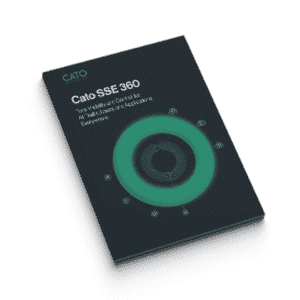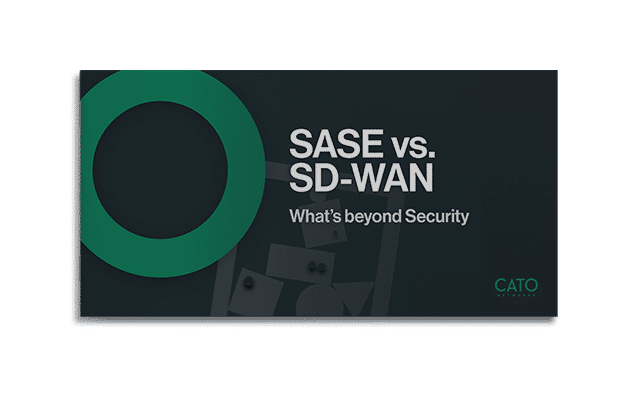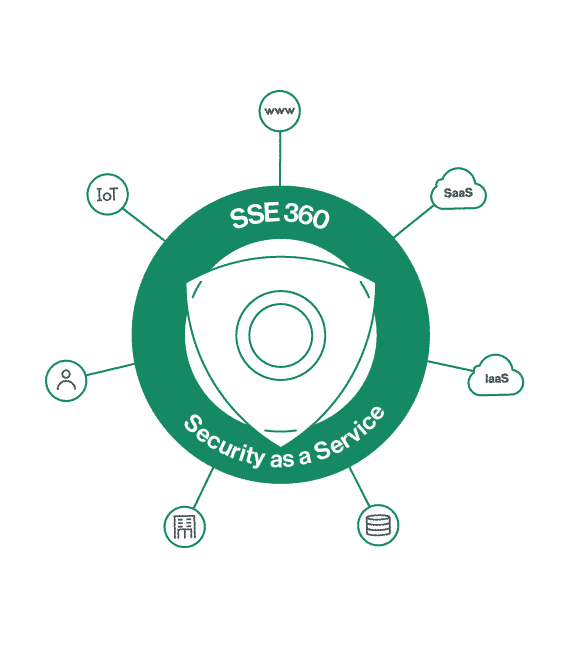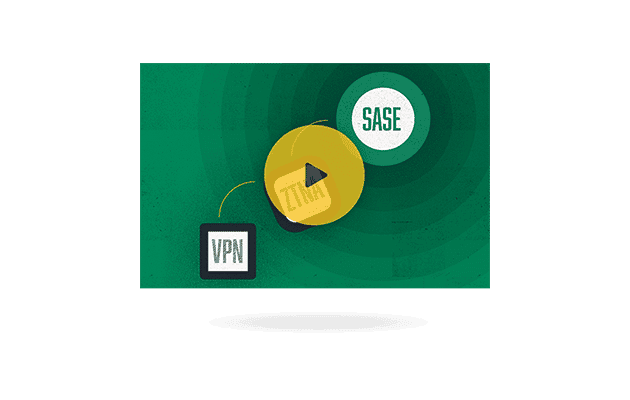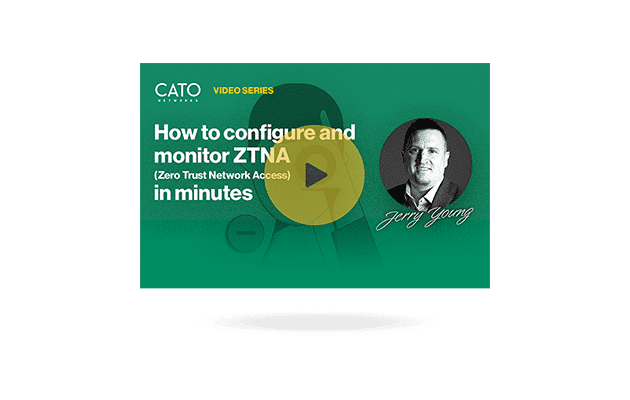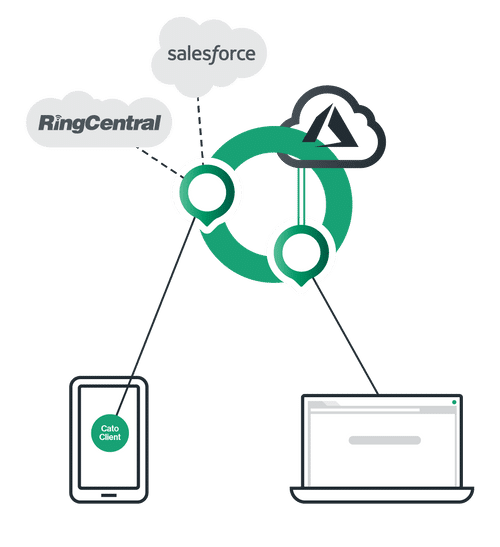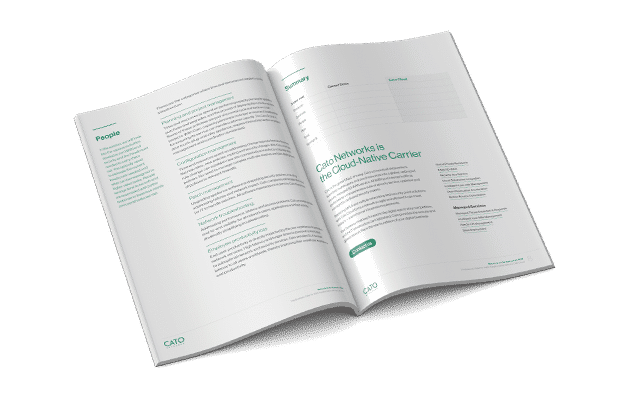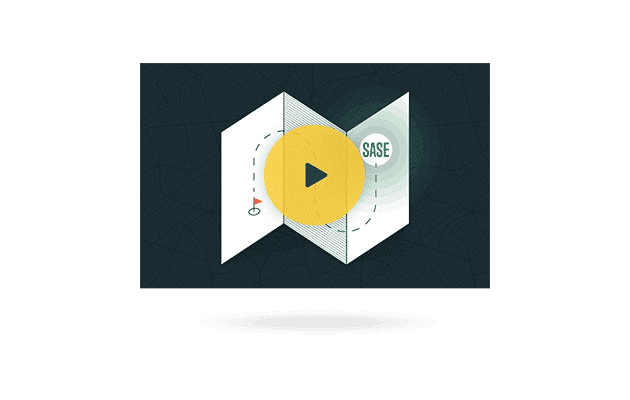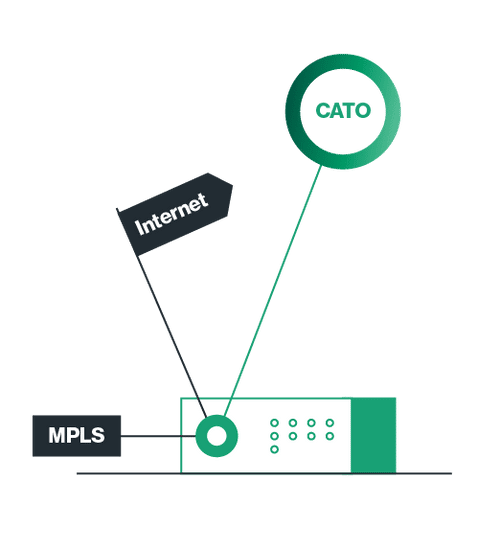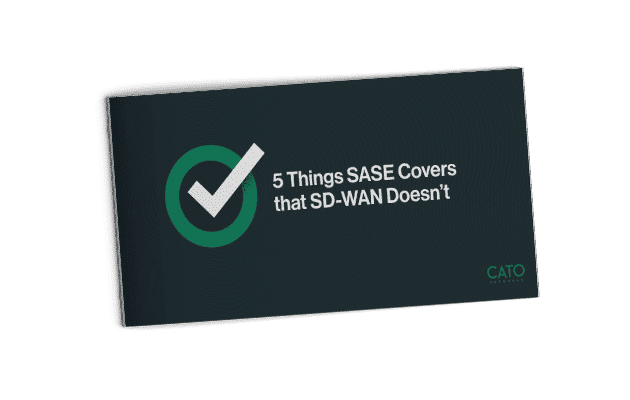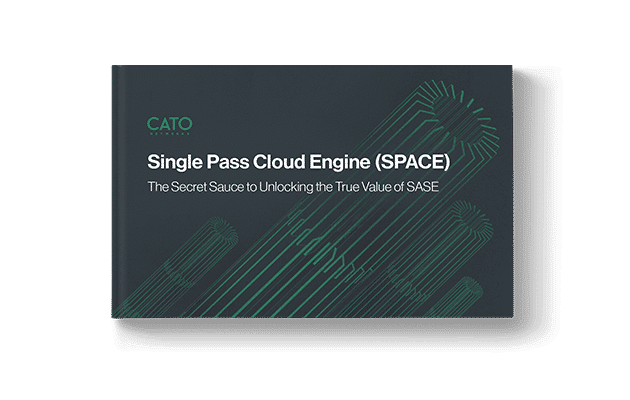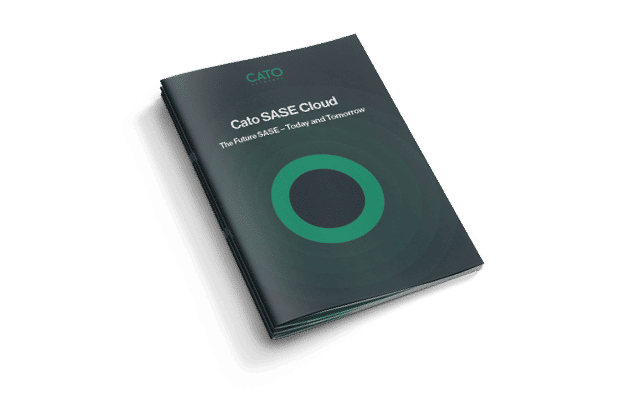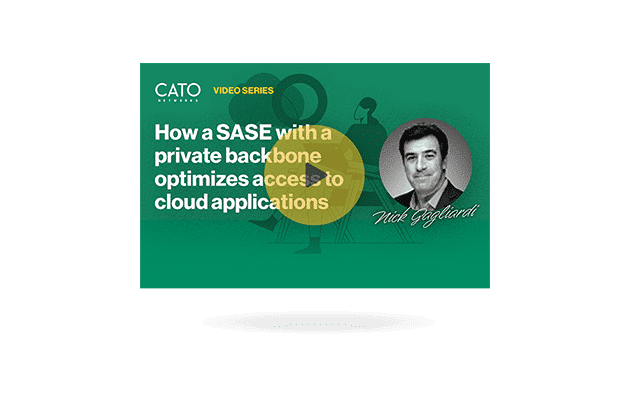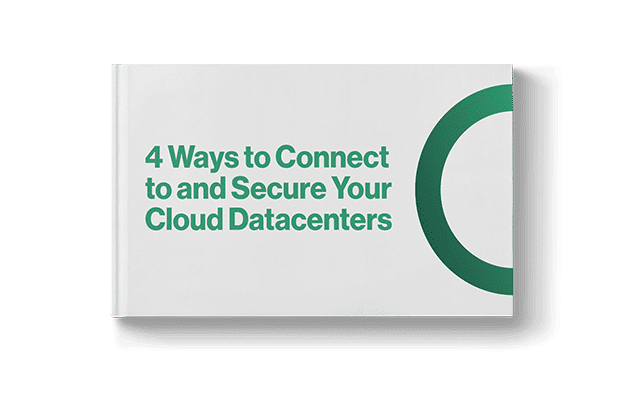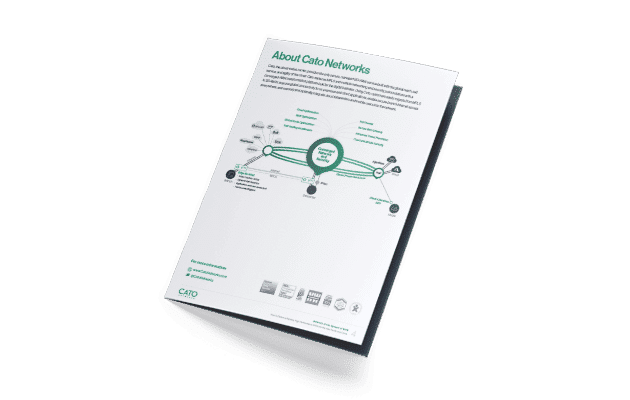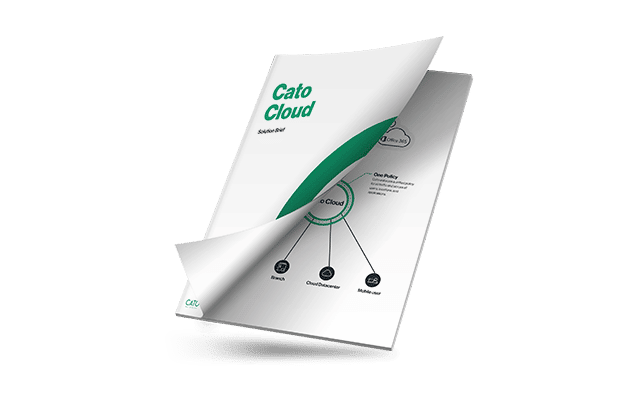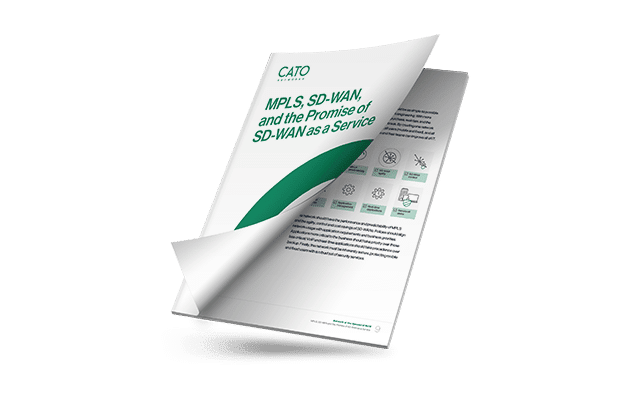Gartner a salué
Cato Networks
à 13 reprises
Guide Gartner des services managés SD-WAN 2019
Hype Cycle de Gartner des entreprises moyennes 2021
Guide Gartner des réseaux privés virtuels 2020
Hype Cycle de Gartner des technologies de lutte contre les menaces 2019
Guide Gartner de l’accès réseau Zero Trust 2020
Hype Cycle de Gartner du Edge Computing 2021
Hype Cycle for Business Continuity Management and IT Resilience, 2021
Hype Cycle de Gartner de la sécurité réseau 2021
Hype Cycle de Gartner des réseaux d’entreprise, 2021
Hype Cycle de Gartner de l’espace de travail numérique 2021
Hype Cycle de Gartner de la sécurité cloud 2021
Gartner Hype Cycle for Cloud Computing, 2021
Gartner does not endorse any vendor, product or service depicted in its research publications, and does not advise technology users to select only those vendors with the highest ratings or other designation. Gartner research publications consist of the opinions of Gartner’s research organization and should not be construed as statements of fact. Gartner disclaims all warranties, expressed or implied, with respect to this research, including any warranties of merchantability or fitness for a particular purpose
